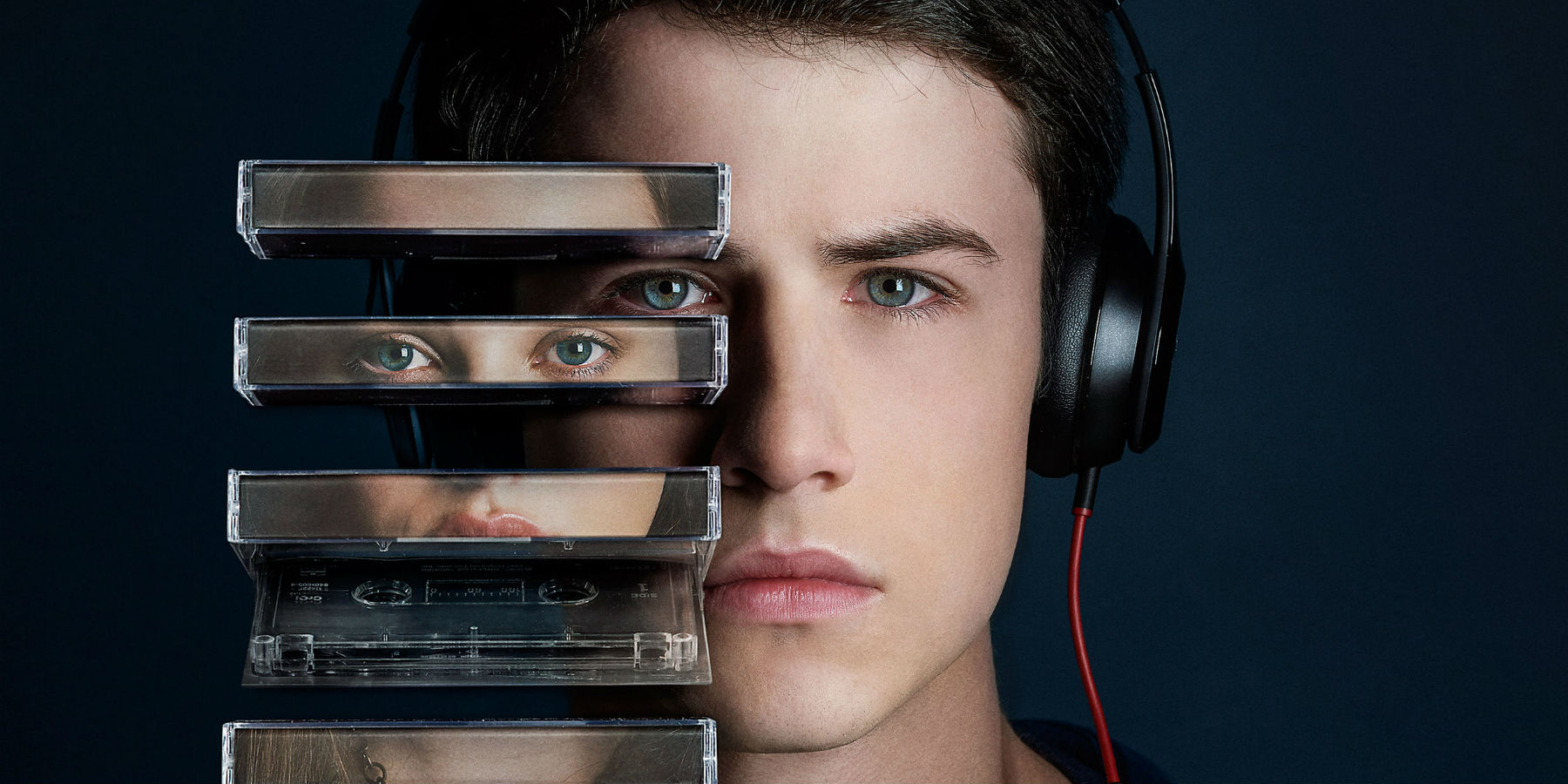Jay Asher’s best-selling novel Thirteen Reasons Why celebrated its tenth anniversary this year with the release of the highly-anticipated Netflix show of the same name, and is all anyone seems to be talking about. Its popularity has brought issues such as suicide and mental health to the fore. In times like these when more people are beginning to open up, but the numbers of people listening and able to offer help are dwindling, it is more important than ever to step into other people’s shoes, listen to what they have to say, and look out for the signs of someone in trouble.
The premise of the story, for those who have managed to shut their ears, is that high school student Hannah Baker hadstaken her own life at the start of a new school year without reason. Except she has thirteen of them, each recorded on a side of seven tapes, each naming and shaming people in the local community who she feels contributed to her isolation and eventual death. Passed secretly from person to person, the tapes circulate between those who are featured on them in a chronological order of events, but have yet to reach everyone – which is where the story really begins. Clay Jensen, stereotypical awkward high school junior and genuine good guy, finds the mysterious box of tapes on his doorstep after the first day back at school following what happened to Hannah, shocked to hear that the voice coming from the speakers of a boombox is that of a dead girl, confused and disgusted in himself that Hannah had marked him as a ‘reason why’. As Clay and the audience make their way through each side of a tape, each story, each ‘reason’, we begin to make sense of how different events led Hannah down the devastating path that she took, and question what could have been done to prevent it from happening.
Critics have flocked to the internet in their thousands to condemn a narcissistic character who emotionally tortures her peers from beyond the grave; an out-of-touch author with no grasp of mental illness and suicide; a director who should be ashamed of himself for depicting such sensitive events so graphically. Although there is no defending Hannah’s teenage inattentiveness and self-centredness in the novel, TV-Hannah is clearly tired, fed up of a world that has knocked her down time after time, desperate to work out how things went so wrong and explain it to those who did her harm. Her death is not a revenge suicide but a needless death stimulated by the carelessness of others. Hannah wanted to care, and wanted others to care too, so she records her reasons why so that people can understand it wasn’t ‘just for attention’.
It is also important to remember that those suffering from mental illnesses have different experiences, and so there is no one correct representation of mental illness. That said, Jay Asher doesn’t touch much on the issue of mental health because the main focus of the narrative is Hannah being the victim of bullying, sexual harassment, and in more than one instance, assault. While mental illnesses like anxiety and depression can stem from such instances, there are many reasons that someone may feel the need to take their own life and it is paramount for audiences that there are other causes that can be difficult to spot. Try to figure out which major character is battling with suicidal thoughts before the final episode, it’s too easy to brush them to the side.
The brutally honest representation of sexual assault and suicide on-screen breaks the taboo of brushing over – or worse, romanticising – such disturbing cases that take place every day. They are supposed to be uncomfortable to watch so that audiences can shift their stances on controversial topics like consent. Men have confessed that they felt physically sick watching one character rape another on-screen. Friends have admitted to one another that they broke down during the final episode, because once upon a time they were in Hannah’s position but are lucky and grateful to still be alive. The events depicted in the show must be acknowledged for what they are before they can be tackled head-on, instead of being brushed under the carpet as words without agency, without victims, and more often than not, without a guilty party.
If you or anyone you know is suffering from bullying, mental illness or suicidal thoughts, please visit www.samaritans.org, or call the team on 116 123 for help.
Georgia Ryan
(Image: Screen Rant)

